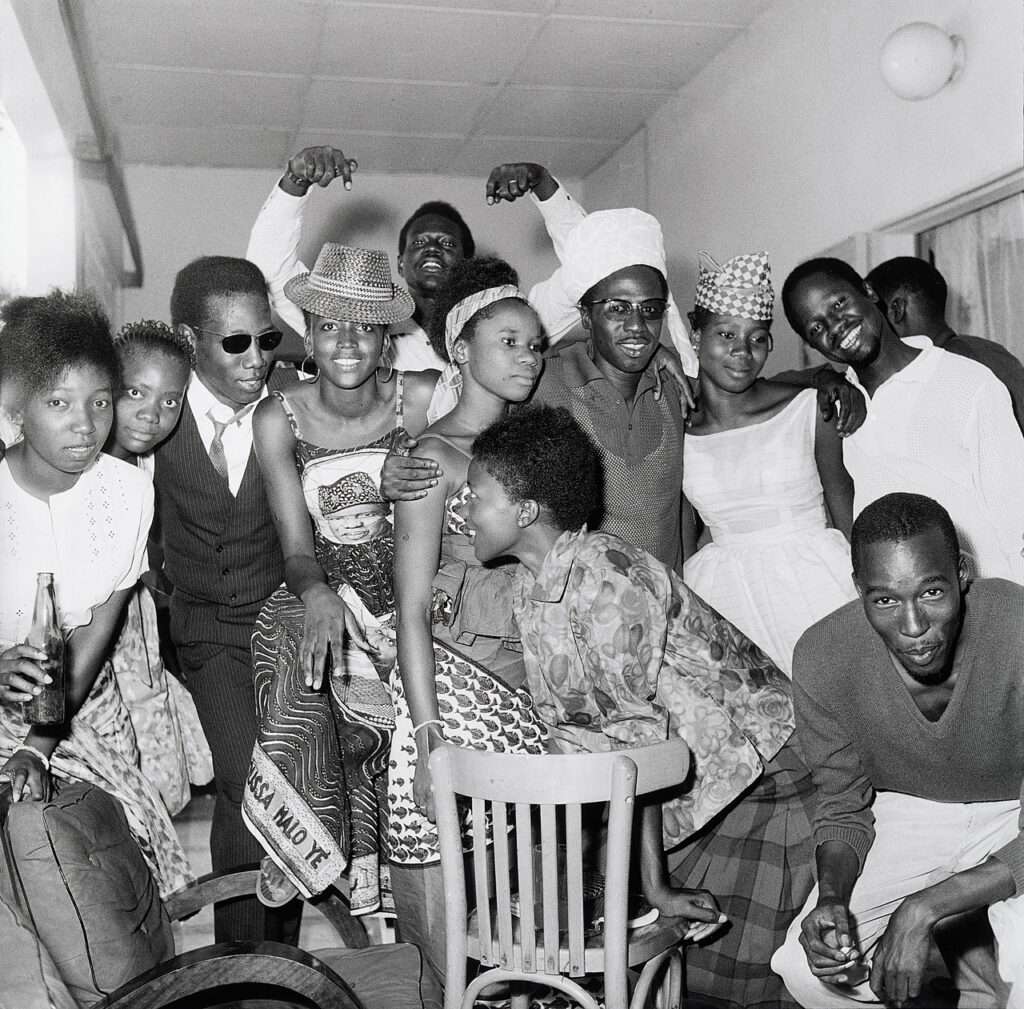
There is always beauty in the black and white, Malick Sidibé’s photographs made sure of it. With their intimate figures clad in lively moments of life, his photos are a pleasant reminder of the meaning of life.
Known as the Eye of Bamako, Malick Sidibé was born in Soloba, a small town in southwestern Mali, in 1936. After finishing school in 1952, he trained as a jewelry maker and then studied painting at the École des Artisans Soudanais (now the Institut National des Arts) in Bamako, Mali’s capital, graduating in 1955. That year he worked under the French photographer Gérard Guillat, observing and teaching himself to develop and print negatives, and in 1957 he became a professional photographer, documenting the everyday life of Bamako.

Through his photographs, Malick Sidibé chronicled everyday life and youth culture in Bamako, the capital of his native Mali. Sidibé’s stylish scenes captured a period of national growth in the country after its liberation from French colonial rule in 1960. His photographs are both historical records and intimate celebrations of a new national identity. His remarkably shots show the exuberant young Africans intoxicated with Western styles in music and fashion. Sidibé not only reflected his people’s presence in his impeccably created black and white photos, he elevated his figures with richness and complexity.
Alongside private commissions, in 1962 Sidibé photographed national, cultural, political, and artistic events, such as the annual Semaine nationale de la jeunnesse or Youth Week. He also took pictures of nearly all of Mali’s famous musicians since the 1970s, including Nahawa Doumbia, Boubacar Traoré (commonly known as “Kar Kar”), Salif Salif Keïta, Oumou Sangaré, and Ali Farka Touré.

His joyful and energetic style of photography, which mixes urban symbolism with bold patterns and theatrical compositions, has also inspired many fashion designers, photographers, videographers, and filmmakers around the globe. In the twenty-first century, Sidibé continued to experiment with photographic genres, with works intended for international audiences such as his Vues de dos (Back Views) series (ca. 2000–09), and developed innovative thematic ideas for future exhibitions.

Sidibé’s work showcased in New York, London, Paris, Rome, Geneva, and Los Angeles. In 2007, the artist became the first African and first photographer to win the Golden Lion for Lifetime Achievement at the Venice Biennale. His photographs belong in the collections of the Art Institute of Chicago, the Museum of Modern Art, the Metropolitan Museum of Art, the Studio Museum in Harlem, the International Center of Photography, and Moderna Museet. Sidibé’s photographs have been exhibited in many group exhibitions, including the first Rencontres de la Photographie Africaine, Bamako (1994); In/Sight: African Photographers, 1940 to the Present, Guggenheim Museum (1996); ¡Flash Afrique!, and several others.
Sidibé died in Bamako on April 14, 2016. He laid to rest near his mother in his hometown of Soloba.



